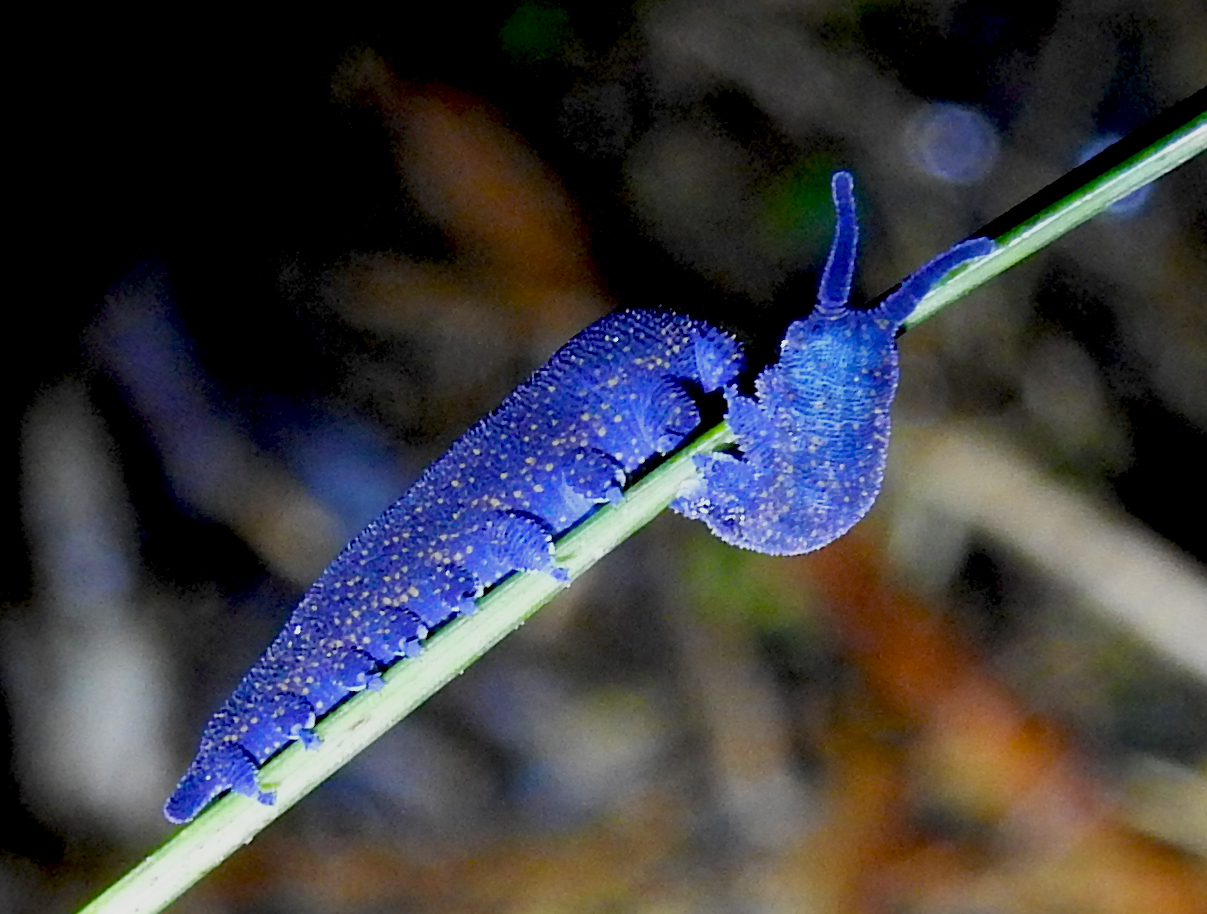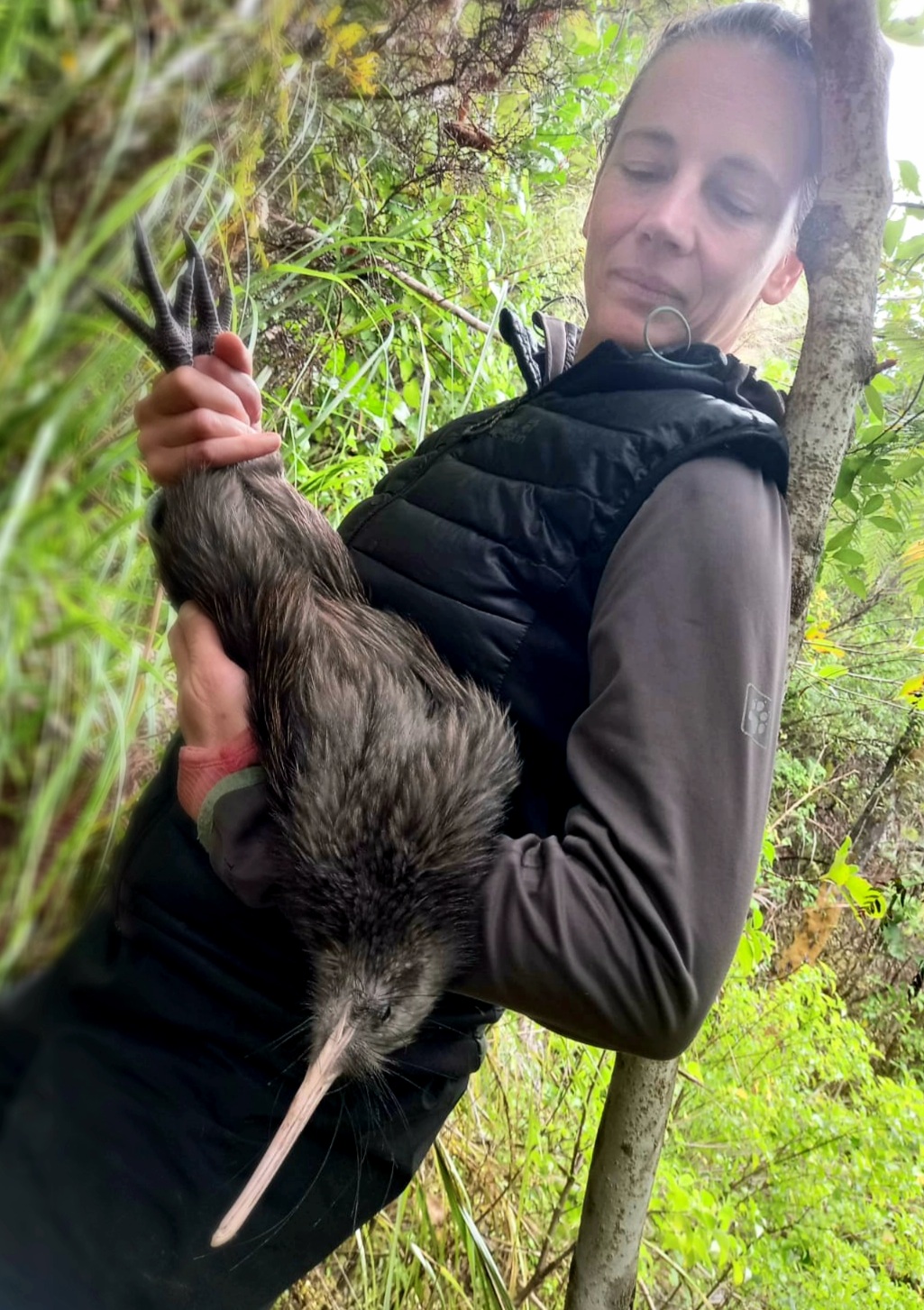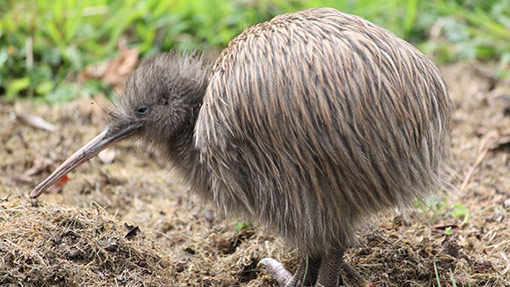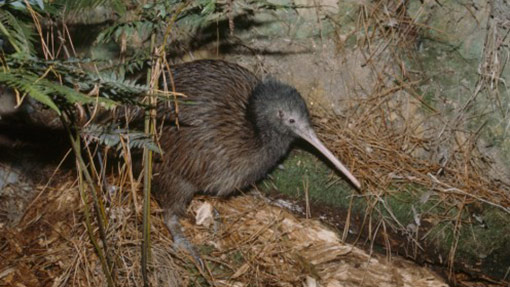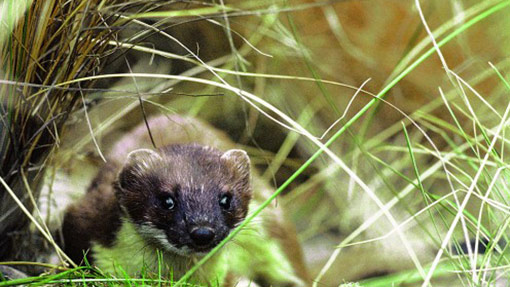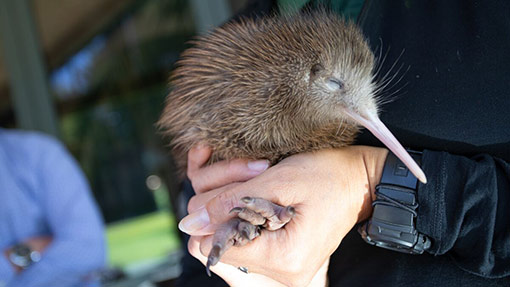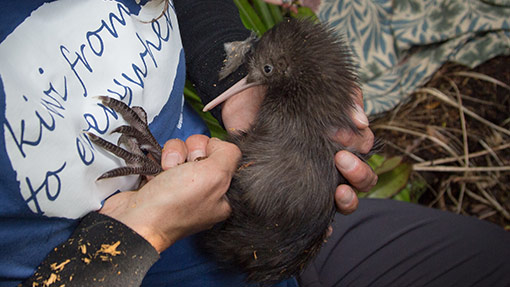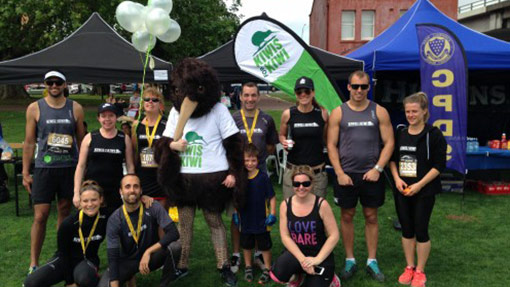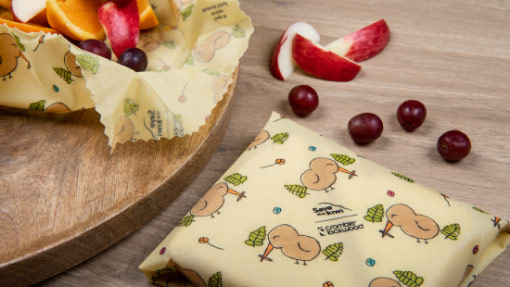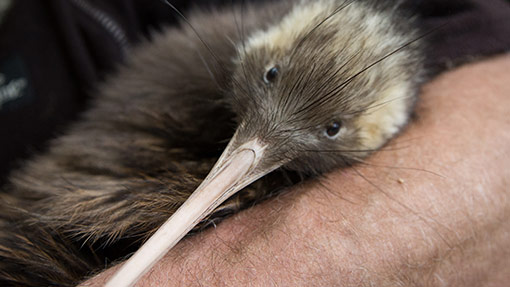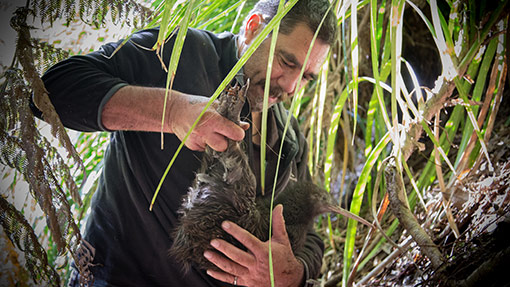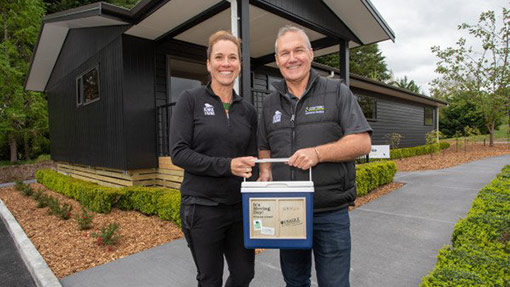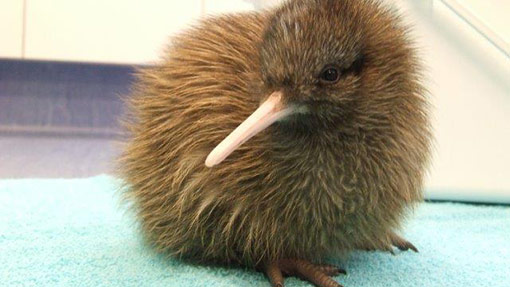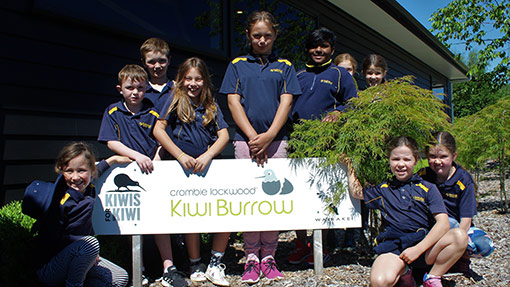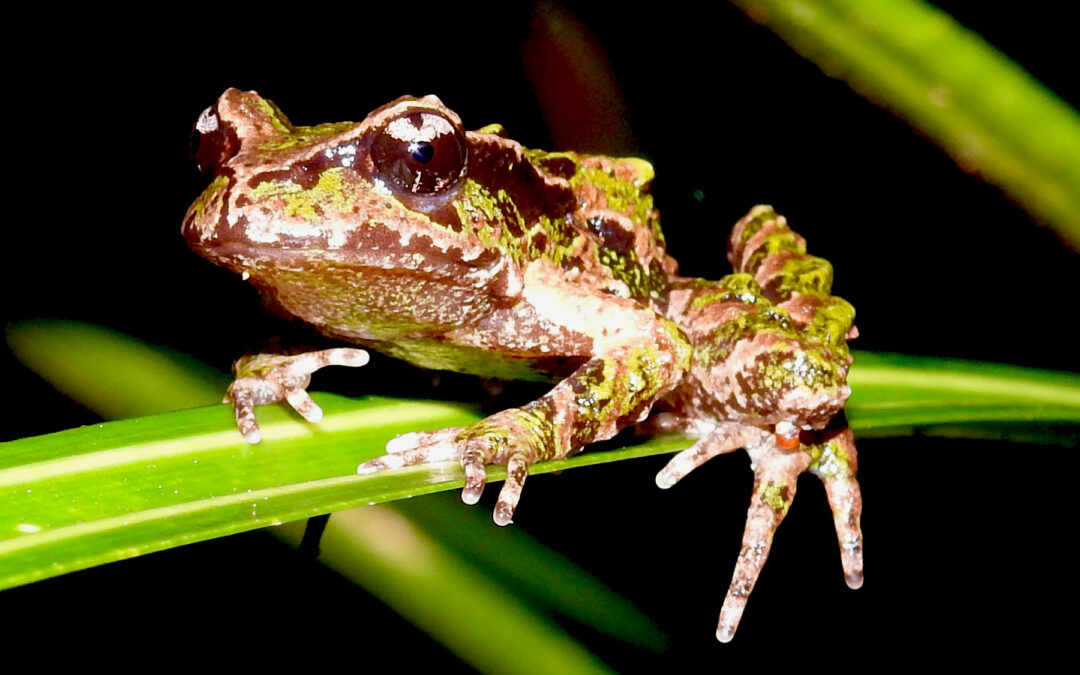This month, the Mahakirau Forest Estate on the Coromandel celebrates 20 years of conservation. But what’s really special about this mainland sanctuary is the incredible wildlife that call it home, and the society’s holistic approach to protect it.
When Sara Smerdon talks about kiwi returning to Mahakirau, her face lights up.
“We used to have kiwi calling on the estate up until the end of 2016, then the last male went quiet,” she says. “But after a few years kiwi suddenly started calling again! They were walking back in! This year’s survey results confirm our 2020 stats that we have at least seven kiwi on the estate which is a 700% increase in just one year! It’s just so exciting!”
Sara is the community advocate for the Mahakirau Forest Estate on the Coromandel Peninsula, an almost 600-hectare patch of native forest that’s split into 24 separate properties. Around 80% of property owners are part of an incorporated society that exists to protect native taonga and which celebrated its 20th anniversary earlier this month.
Mahakirau is home to some of the most unique and critically rare species in Aotearoa including the Northern striped gecko, Hochstetter’s and Archey’s frogs, North Island kaka and North Island brown kiwi, not to mention significant indigenous vegetation. Helm’s butterflies, falcon, peripatus, fernbird, longfin eel, and kōkopu have also all been found in the estate.
Much of the work the society carries out revolves around predator control which targets a full suite of predators, with a particular focus on rats.
“Over the last decade we’ve really focused in on rats because of the range of rare species that we have, like the striped gecko and endemic frogs,” says Sara. “We’re also really, really good at killing stoats. In 20 years, we’ve taken out just shy of 1,500 stoats and 30 ferrets which is phenomenal considering our project is less than 600 hectares.”
For such a small project, Sara says their biggest risk is re-invasion.
“Mahakirau is essentially a mainland sanctuary without a fence,” she says. “We are a forest within a significant forest. We know how to keep our rats below 5% but our biggest challenge, like many conservation projects, is keeping pests beyond our borders out.
“What’s exciting, though, is the idea that everyone is getting passionate about Predator Free. If we can get onboard together, uniform and unite, and align our control so we’re all working in sync with each other, that’s when we’ll step beyond groundhog repetition and see some big impacts.
“It’s a ripple effect so the more people around us who get involved, the better everyone’s results will be. My role is trying to light the flame with as many people as I can.”
Images:
– Feature image (photo credit: Sara Smerdon): Mahakirau is home to two of New Zealand’s endemic frogs: the Hochstetter’s and Archey’s. The latter is the number one amphibian on the most ‘evolutionary distinct globally endangered’ (EDGE) list.
– The peripatus, or velvet worm, a living fossil and one of the most intriguing creatures in the Mahakirau forest. (Photo credit: Sara Smerdon)
– Sara has worked with Coromandel’s Project Kiwi Trust for more than five years, specialized in killing kiwi predators. She is now in the final stages of obtaining her kiwi handler’s license, under the expert guidance of Paula Williams and Emma Craig. Working both spectrums of the field, pest control, and biodiversity monitoring allows for broader wisdoms in conservation work. Keen observations, and attention to detail is the key. Everything is connected. (Photo credit: Emma Craig)
